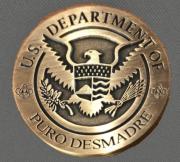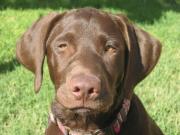Our agency is looking at delivering training in plain clothes operations to all of our officers. By plain clothes I am referring to patrol guys that are switching from uniform to plain clothes (street clothes). So I'm not referring to plain clothes off duty carry, UC operations or detectives. As required, our guys can go from uniformed patrol to plain clothes in the same shift. More often than not they are planned events for short periods of time to conduct surveillance or support an investigative or enforcement function.
I've been around long enough and have been trainer long enough to know that there are some distinct challenges posed by working the job out of uniform in street clothes, especially for those with no experience doing it.
If anyone has any experience with this as a trainer or otherwise that could share what their agency offers in the way of training/tactics specific to these type of operations, it would be much appreciated.
If you want to keep the training/tactics side of things confidential I can forward my agency email, just hit me up with a message.
(I apologize if this is posted half a dozen times...work filters keep blocking me!)



 Reply With Quote
Reply With Quote





